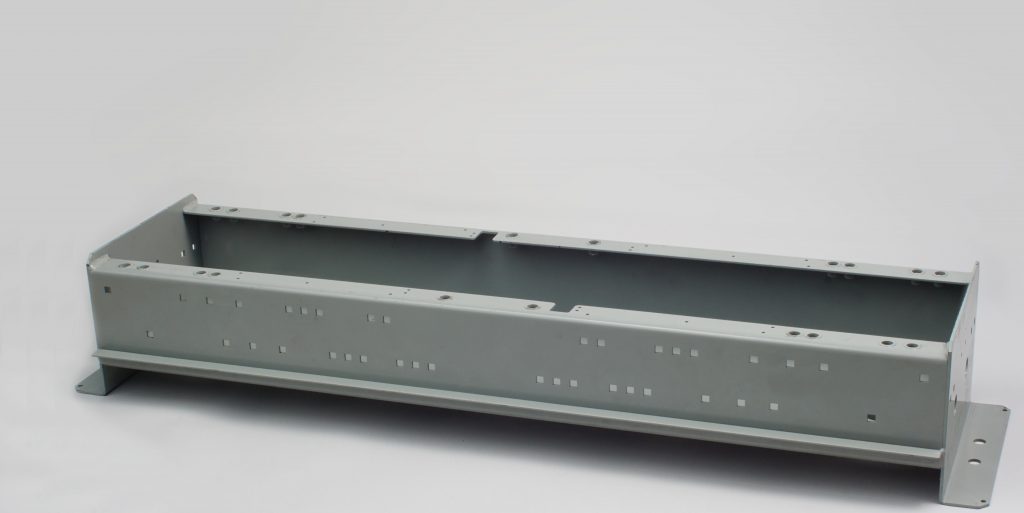
It can be challenging to create an enclosure design that meets your specifications, especially if you have no experience in the area. That’s why it’s a good idea to know at least the basics of designing a suitable enclosure. Understanding more about sheet metal enclosures lets you get better results from the design.
Selecting a Metal
The first step is to pick the thickness and type of metal, and you could choose from carbon steel, stainless steel, aluminum, copper, or other metal types. Aluminum resists corrosion well and is ideal for enclosures where weight is of concern. You can choose to have it unfinished or powder-coated. For electronics, you may have the fabricator cover it with chromate. Anodization involves putting an additional protective layer over the surface.
Copper is a flexible, soft material with high electrical and thermal conductivity. Since it is weaker, a fabricator can use self-clinching fasteners. Copper is sometimes the metal of choice for custom metal enclosures for electronics.
You’ll also want to consider the thickness of the metal. For inexperienced designers, one of the main challenges is determining the right gauge. Unless you have experience with sheet metal, you may not know which gauge to choose since they might seem the same on paper. Your metal fabricator can answer questions about which thickness to pick.
Tolerances
You’ll also want to consider the enclosure’s tolerance and how much the dimensions can vary. There might be variations because of metal composition, positional error, and imperfect modeling during bending. Remember that the measurements refer to bare metal, so if you have powder-coating, it’s best to add about 0.003 to 0.005 inches.
About the Bend Radius
Many fabricators use press brakes to bend metal parts to form the custom metal enclosures. They usually cannot form the metal to a 90-degree edge. However, there is a radius to the corners. The fabricator can use specific bending parameters and tools to achieve the right curvature degree. Remind the fabricator about the bend radius, which refers to the inside of the bend. To determine the outside radius, add the metal thickness to the inside radius.
With bend radii, consider your desired aesthetics. For instance, if you’re going for a retro look, you may specify a larger radius to make it look curvier. You’ll also want to think about the function of the piece. You can’t place fasteners or other components until you are free of the radius since the surface will not be flat.
Choose the Best Source of Custom Sheet Metal Enclosures
Here at Weldflow Metal Products, we commit to offering the highest quality custom sheet metal enclosures. We offer all types of custom metal enclosures and want to meet or even exceed customer expectations. If you want to know how our services will benefit your operations, give us a call today.



